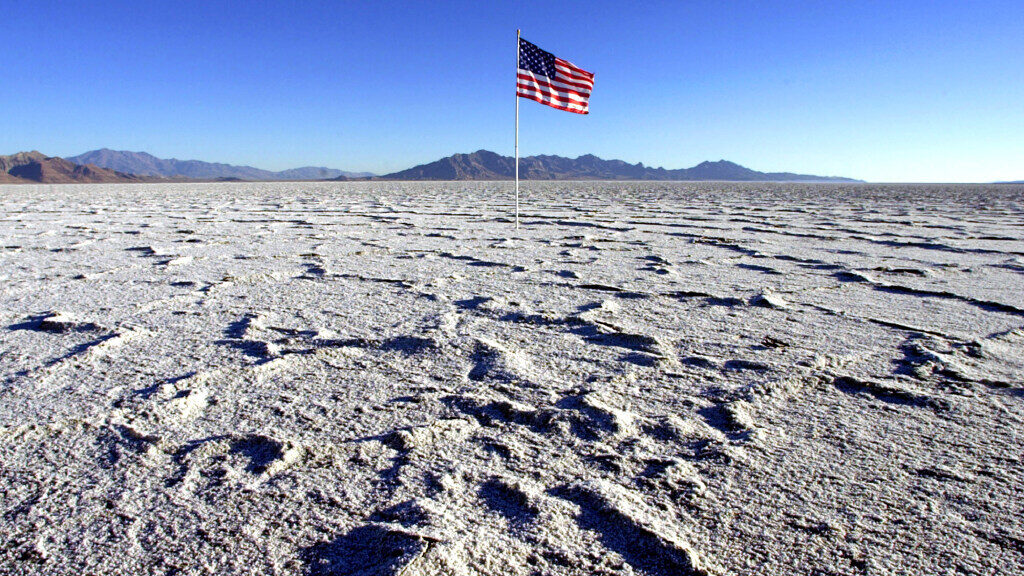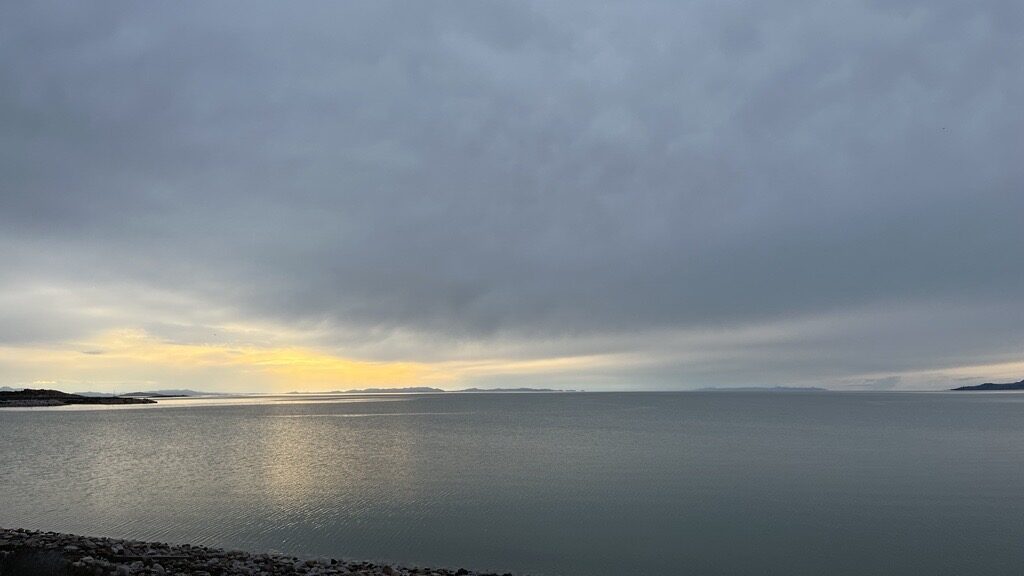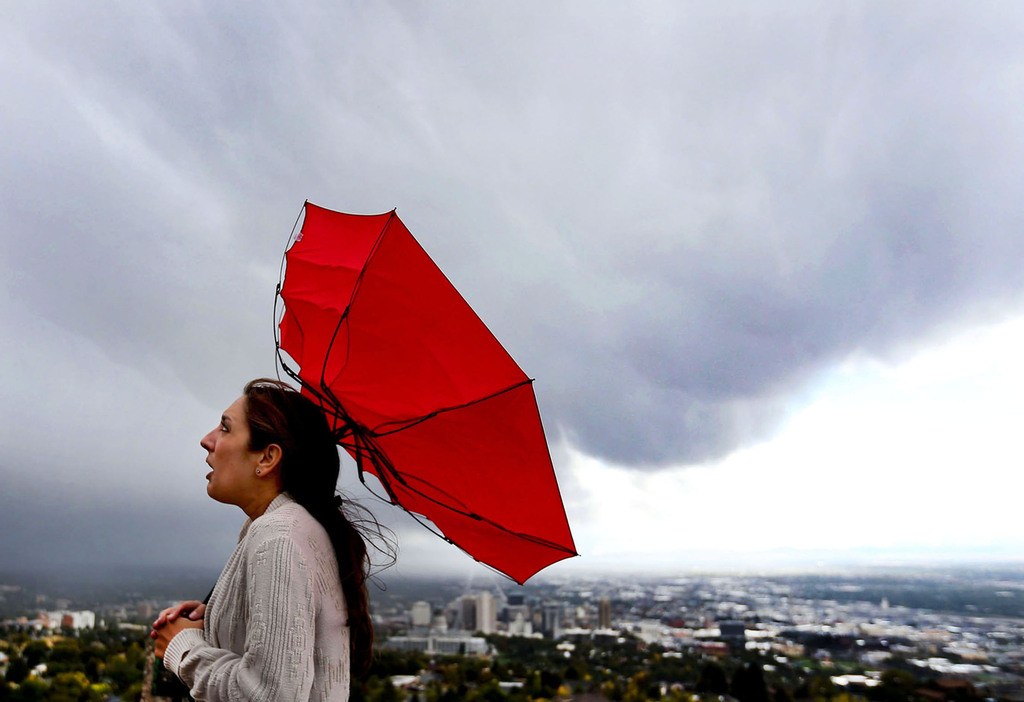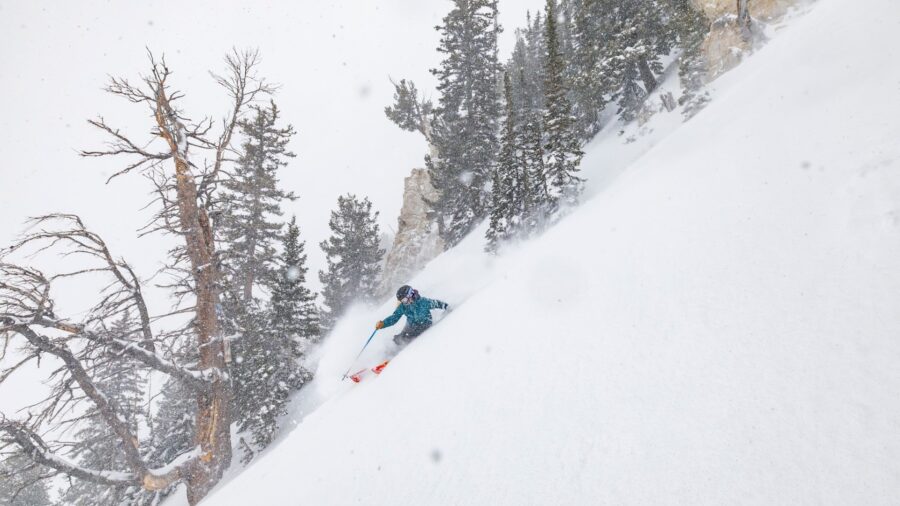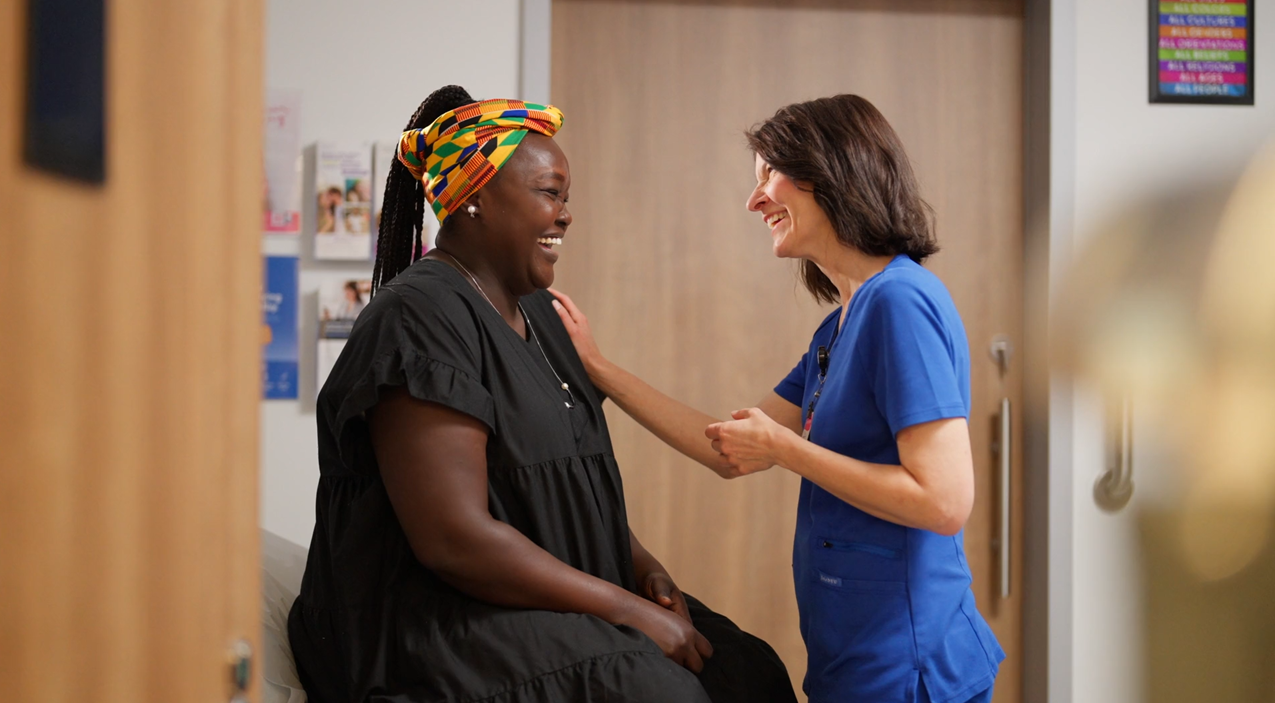Avalanche danger remains ‘extreme’ in Utah’s northern mountains
Jan 15, 2024, 6:19 AM | Updated: 7:50 am
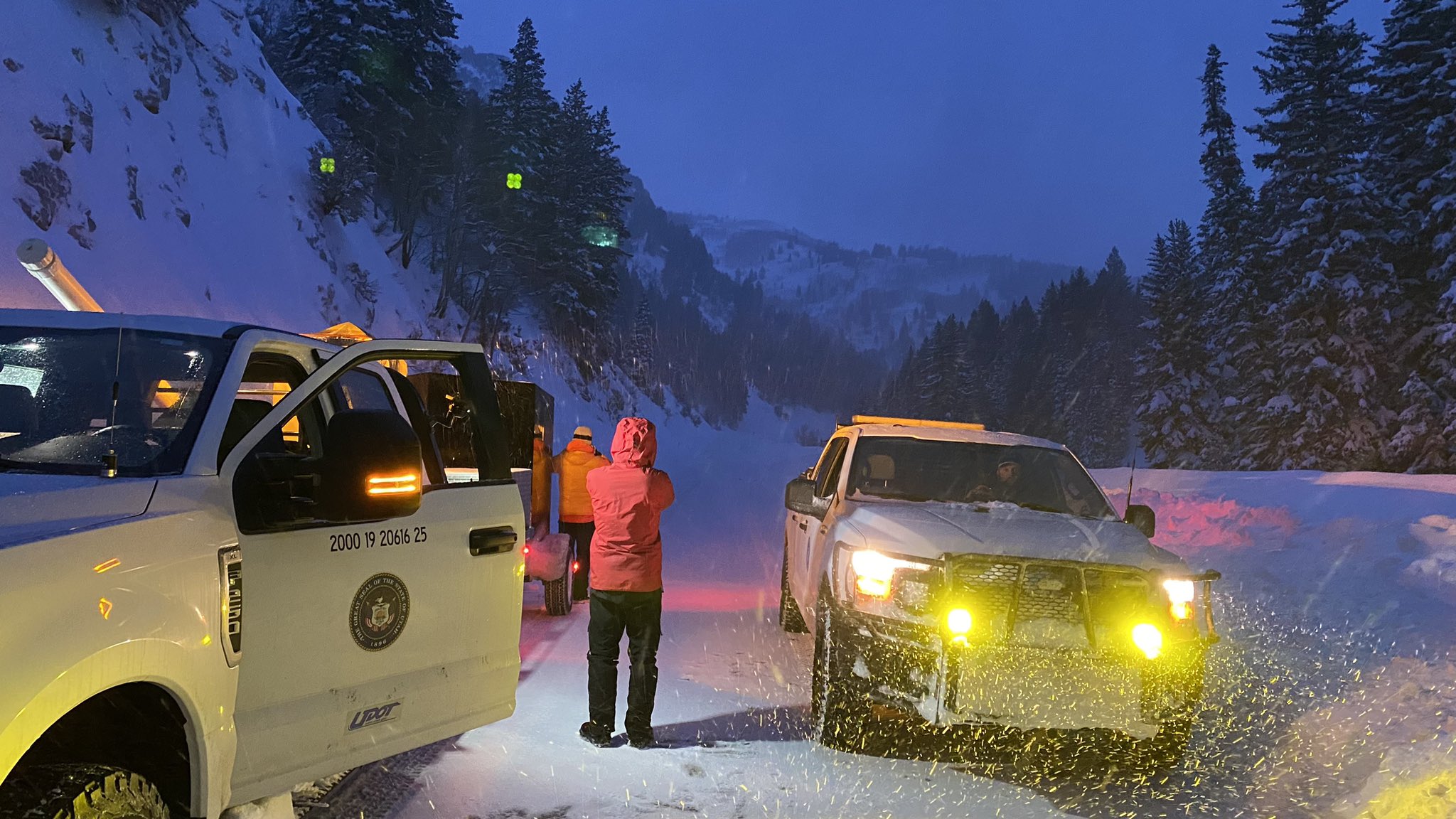
Crews work to open Little Cottonwood Canyon on January 15, 2024. (UDOT)
(UDOT)
SALT LAKE CITY — Forecasters are urging people to use extreme caution in the backcountry. Avalanche danger is at the “extreme” level in all of northern Utah’s mountains.
According to Greg Gagne with the Utah Avalanche Center, it’s rare for forecasters to issue an “extreme” danger warning.
“We just need to be patient right now,” said Gagne. The avalanche, the snowpack — it has the final word.”
THE AVALANCHE DANGER IS EXTREME, EXTRAORDINARILY DANGEROUS AVALANCHE CONDITIONS. NATURAL AND HUMAN-TRIGGERED AVALANCHES ARE CERTAIN. AVOID ALL AVALANCHE TERRAIN.
DEADLY AND DANGEROUS AVALANCHE CONDITIONS EXIST ON ALL ASPECTS AND ELEVATIONS. pic.twitter.com/W2nCULbIlh
— UtahAvalancheCenter (@UACwasatch) January 14, 2024
According to the center, naturally and human-triggered avalanches are unavoidable
Be prepared in avalanche conditions
“Conditions are dangerous as we’ve seen in quite some time. We’re recommending people avoid all avalanche terrain,” said Utah Avalanche Center Forecaster Drew Hardesty.
If plan to head to the backcountry, Hardesty recommends bringing another person. Additionally, pack a beacon, a shovel and a probe. Also, be sure to stay off of and out from under any high angle.
Road closure in Little Cottonwood Canyon
Little Cottonwood Canyon remains closed for avalanche clean up and mitigation. UDOT estimates the road will be open around 10 a.m. Monday morning.
Commuters should expect some backup traffic. UDOT asks those waiting to get up the canyon to keep neighborhood access clear.
🚧#RoadClosureUpdate🚧
👋REMINDER: #SR210 CLOSED for @udotavy avalanche mitigation. @UtahDOT road ops working where they can.ETO 10am – we will update if a delay exceeds 15 min. @UDOTTRAFFIC @UDOTRegionTwo pic.twitter.com/IiGBthIQXE
— UDOT Cottonwood Canyons (@UDOTcottonwoods) January 15, 2024
Related:
- Alta under interlodge restrictions
- Little Cottonwood Canyon is one of most avalanche-prone canyons in the world, U of U professor says




